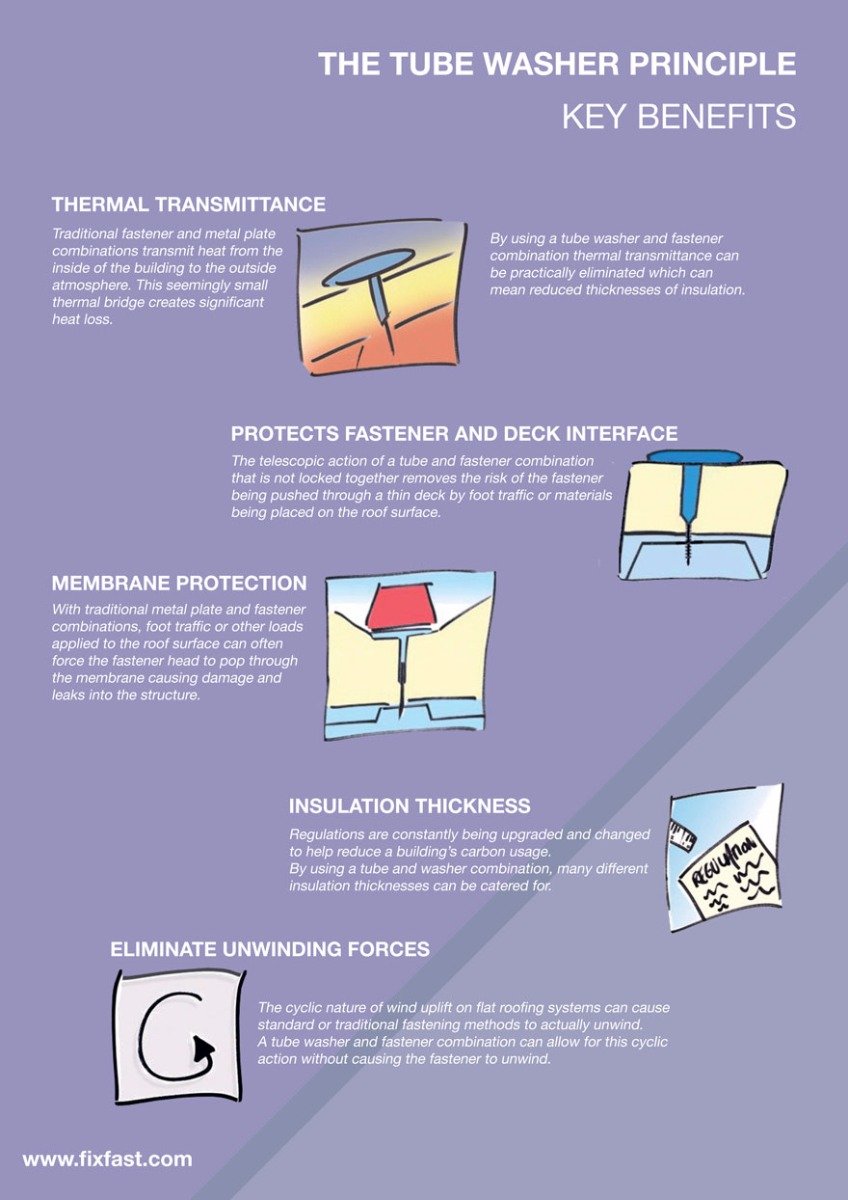The Feature Of Roofing System Air Flow In Making Sure A Successful Setup
The Feature Of Roofing System Air Flow In Making Sure A Successful Setup
Blog Article
Material By-Hermansen Curtis
When you're taking on a roof project, you might not think much regarding roof covering air flow, however it's more critical than you recognize. Reliable ventilation assists manage temperature level and wetness in your attic room, stopping problems like mold and architectural damages. By recognizing exactly how to create and set up a well balanced air flow system, you can boost power efficiency and extend the lifespan of your roofing materials. So, what are the key elements to think about during installment that can make all the difference?
Relevance of Roof Ventilation
Roofing ventilation plays an essential duty in maintaining the overall health and wellness of your home. By allowing fresh air to circulate via your attic, it assists regulate temperature level and wetness degrees. This balance is necessary to protect against warmth buildup throughout hot months, which can lead to increased energy expenses as your cooling works overtime.
Additionally, gutter cleaning contractors sulphur springs tx lowers the threat of moisture-related concerns like mold and mildew and mildew. If moisture degrees rise, your home's structural stability can be compromised, resulting in pricey repair work. You would not want to manage deteriorating timber or distorted roof covering products, right?
In addition, ample air flow expands the life-span of your roofing system. When heat and moisture are kept in check, your roof covering can carry out optimally, stopping early damage. This indicates less migraines and expenses down the line.
Exactly How Roof Air Flow Works
Efficient roofing air flow relies upon the natural movement of air to create a balance in between intake and exhaust. When you install vents, you're basically allowing fresh air to enter your attic room while enabling warm, stagnant air to get away. This procedure assists regulate temperature and dampness levels, avoiding problems like mold and mildew growth and roofing system damages.
Intake vents, generally discovered at the eaves, attract cool air from outside. Meanwhile, exhaust vents, located near the ridge of the roofing system, allow hot air increase and departure. The distinction in temperature level produces an all-natural airflow, referred to as the stack result. As https://azbigmedia.com/lifestyle/home-and-design/how-to-find-an-ethical-roofing-contractor/ , it produces a vacuum cleaner that pulls in cooler air from the lower vents.
To maximize this system, you require to make sure that the consumption and exhaust vents are effectively sized and positioned. If the intake is restricted, you won't attain the wanted air flow.
Likewise, not enough exhaust can catch heat and moisture, causing possible damages.
Key Installation Considerations
When setting up roof covering air flow, several essential considerations can make or damage your system's efficiency. Initially, you need to analyze your roof's design. The pitch, form, and products all affect air movement and air flow selection. Make certain to select vents that match your roof type and neighborhood environment conditions.
Next, think about the positioning of your vents. Ideally, you'll desire a well balanced system with intake and exhaust vents positioned for optimal air movement. Area intake vents short on the roofing system and exhaust vents near the height to encourage a natural flow of air. This configuration assists stop dampness build-up and promotes energy effectiveness.
Don't forget about insulation. Appropriate insulation in your attic room stops heat from getting away and keeps your home comfy. Ensure that insulation doesn't block your vents, as this can impede air flow.
Last but not least, consider upkeep. Select air flow systems that are easy to gain access to for cleaning and examination. Regular upkeep guarantees your system remains to function successfully with time.
Final thought
To conclude, roof ventilation is vital for an effective installation. By ensuring correct air movement, you can prevent warmth accumulation and moisture problems that bring about expensive damages. When you purposefully position consumption and exhaust vents, you enhance energy efficiency and prolong the life-span of your roofing system. Bear in mind, a well-ventilated roof not just safeguards your investment but likewise improves your interior air quality. So, focus on air flow to ensure a resilient and economical roofing system for your home.
